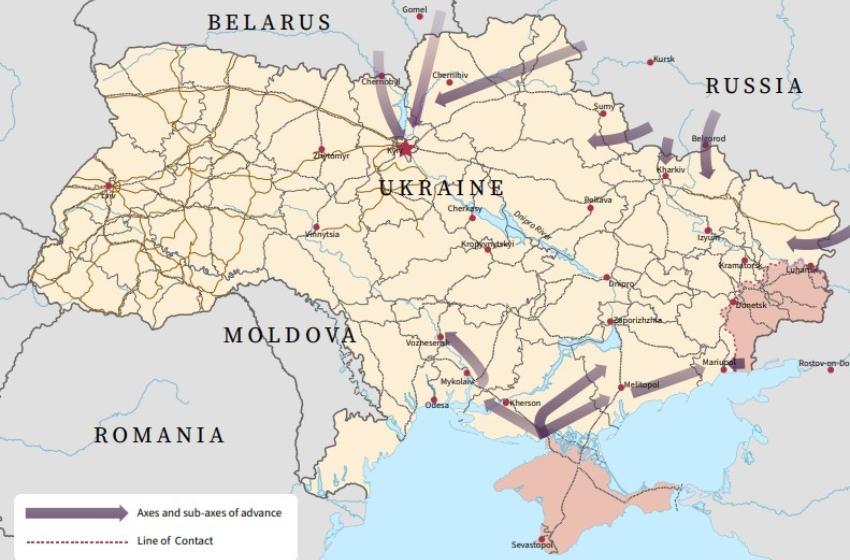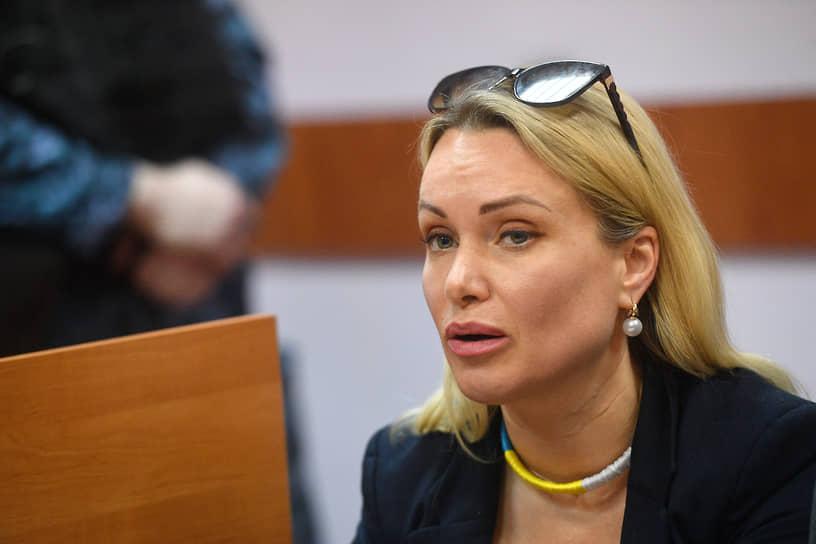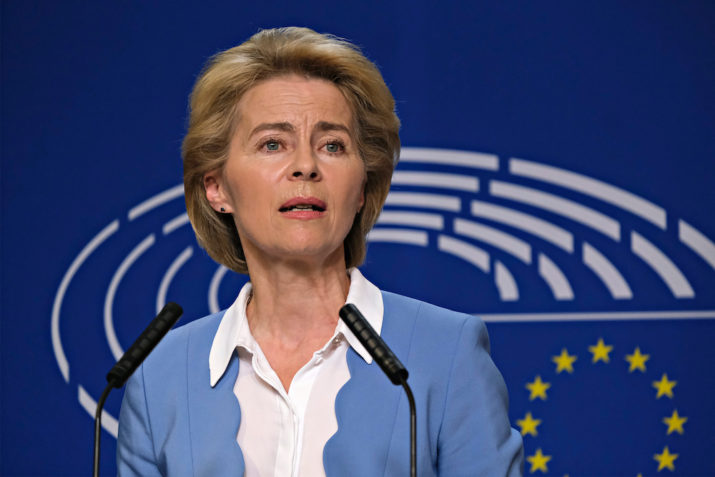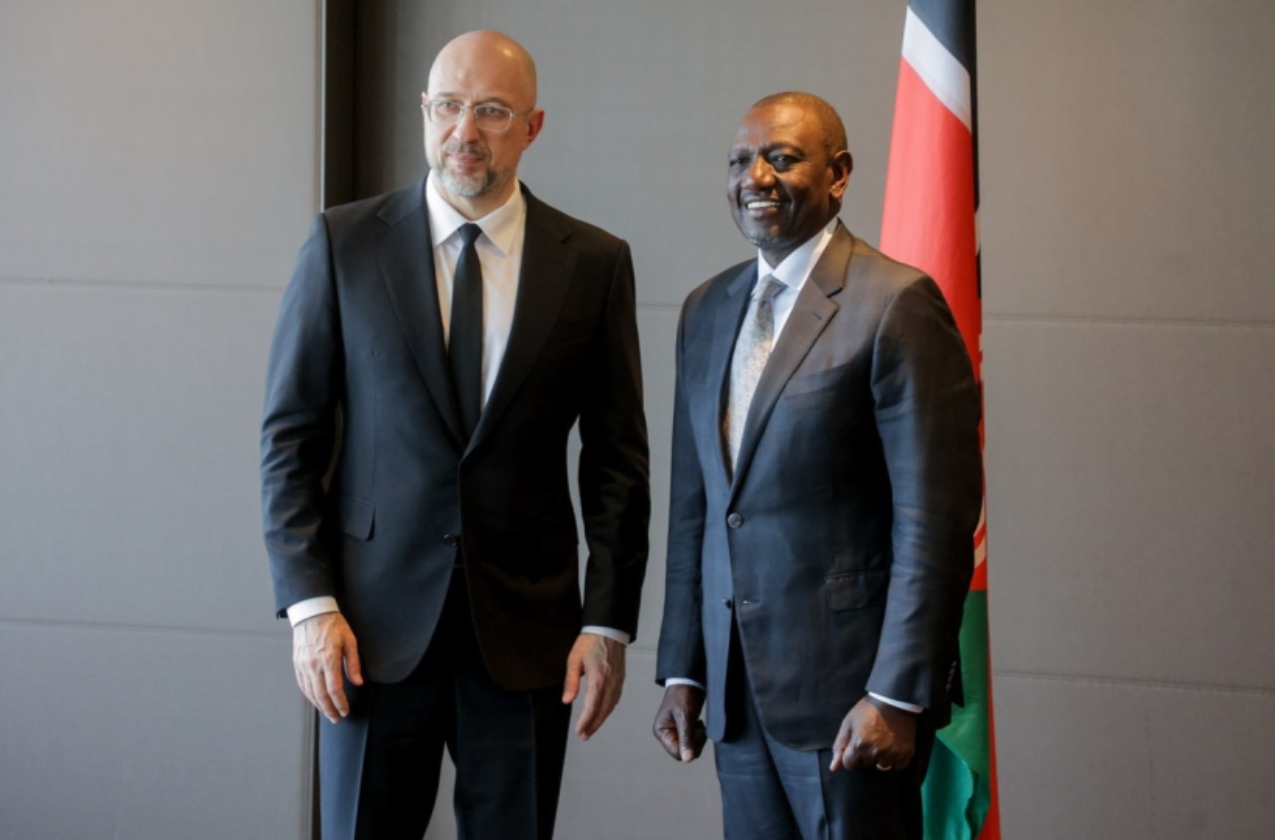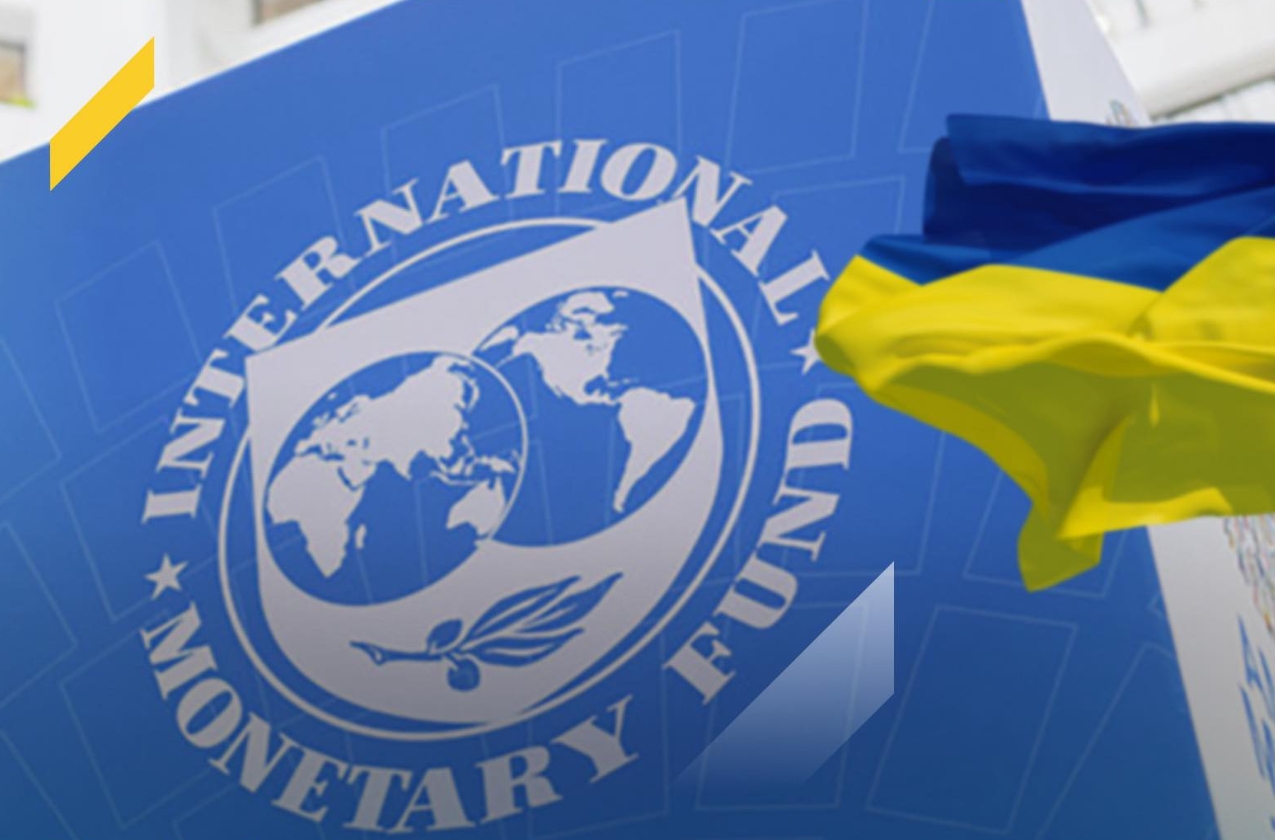The Russian authorities wanted to eliminate some of the inhabitants, some to repress or intimidate and to persuade the rest to cooperate.
The British Royal Defense Research Institute (RUSI) has released a major report on the war in Ukraine. It has five chapters: they are devoted to Russian preparation and planning, Ukrainian preparation and planning, the course of the fighting from February to July, an assessment of the actions of the Russian army, and the conclusions made by RUSI experts.
Here are some facts from the report regarding Russia's preparations for war and the first days of the invasion.
What and how Russia wanted to achieve
- Russia planned to invade Ukraine over a 10-day period and thereafter occupy the country to enable annexation by August 2022.
- The Russian plan presupposed that speed, and the use of deception to keep Ukrainian forces away from Kyiv, could enable the rapid seizure of the capital.
- Russia’s military build-up against Ukraine began in March 2021 when large numbers of conventional troops were added to existing forces along Ukraine’s borders.
- In July 2021, the 9th Section of the 5th Service of Russia’s Federal Security Service (FSB) was enlarged into a directorate and tasked with planning for the occupation of Ukraine. As part of this preparation, the FSB drew on extensive surveys carried out in Ukraine. These surveys painted a picture of a largely politically apathetic Ukrainian society that distrusted its leaders, was primarily concerned about the economy and thought an escalation of the war between Russia and Ukraine was unlikely.
- The Russian military leadership was also confident that it would defeat the UAF after more than a decade of modernisation.
The conception of the Russian invasion therefore was developed around several key assumptions:
- Speed was critical to success to render the response of the international community irrelevant.
- The removal of Ukraine’s leaders would remove the barrier for pro-Russian Ukrainians to vocalise support for the occupation.
- Controlling heating, electricity and finance would be an effective means of controlling the apathetic majority of the Ukrainian population.
- The Russian military could defeat the Ukrainian military on the battlefield.
The key military-strategic tasks for the Russian military and security forces were to:
- Degrade Ukraine’s ability to defend itself by destroying its air, maritime and air-defence forces.
- Defeat Ukrainian Ground Forces by fixing them in Donbas.
- Diffuse Ukraine’s will and capacity to resist by eliminating Ukraine’s political and military leadership and occupying critical centres of political and economic power.
- Deceive the Ukrainian government as to the time, location, scope and scale of Russia’s invasion
To enable these operations, Russia’s Ground Forces were to simultaneously advance under several groups of forces to clear and occupy administrative centres on the left (eastern) bank of the Dniepr River, along with Kyiv, Kherson, Mykolaiv and Odessa.
A final grouping of Russian forces comprised the amphibious component and dispositions of the Black Sea Fleet. Two amphibious task groups were created with the intention of conducting landings ahead of advancing Russian ground forces on the Kherson–Mykolaiv–Odessa axis. These were to go in after the initial invasion, preceding the Ground Forces to seize key intersections and chokepoints to enable the rapid onwards movement of troops along the coast after Mykolaiv. In addition to this task, the Black Sea Fleet was to support the massive strike campaign by launching Kalibr cruise missiles throughout the depth of Ukraine, and isolate the theatre by blockading the Ukrainian coast.
The Russian counterintelligence regime on the occupied territories had compiled lists that divided Ukrainians into four categories:
- Those to be physically liquidated.
- Those in need of suppression and intimidation.
- Those considered neutral who could be induced to collaborate.
- Those prepared to collaborate.
RUSI experts note that the Russian special services were mistaken in believing that the resistance of the civilian population would be minimal. At the same time, the capture of large territories in southern Ukraine shows that the speed of the army’s actions made it possible to occupy these areas even without the support of the inhabitants.









